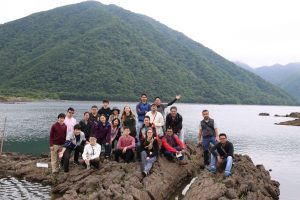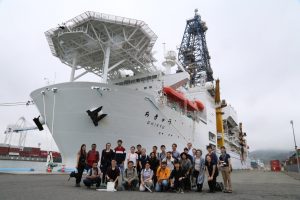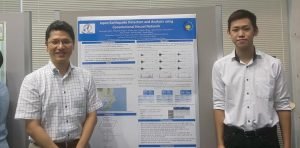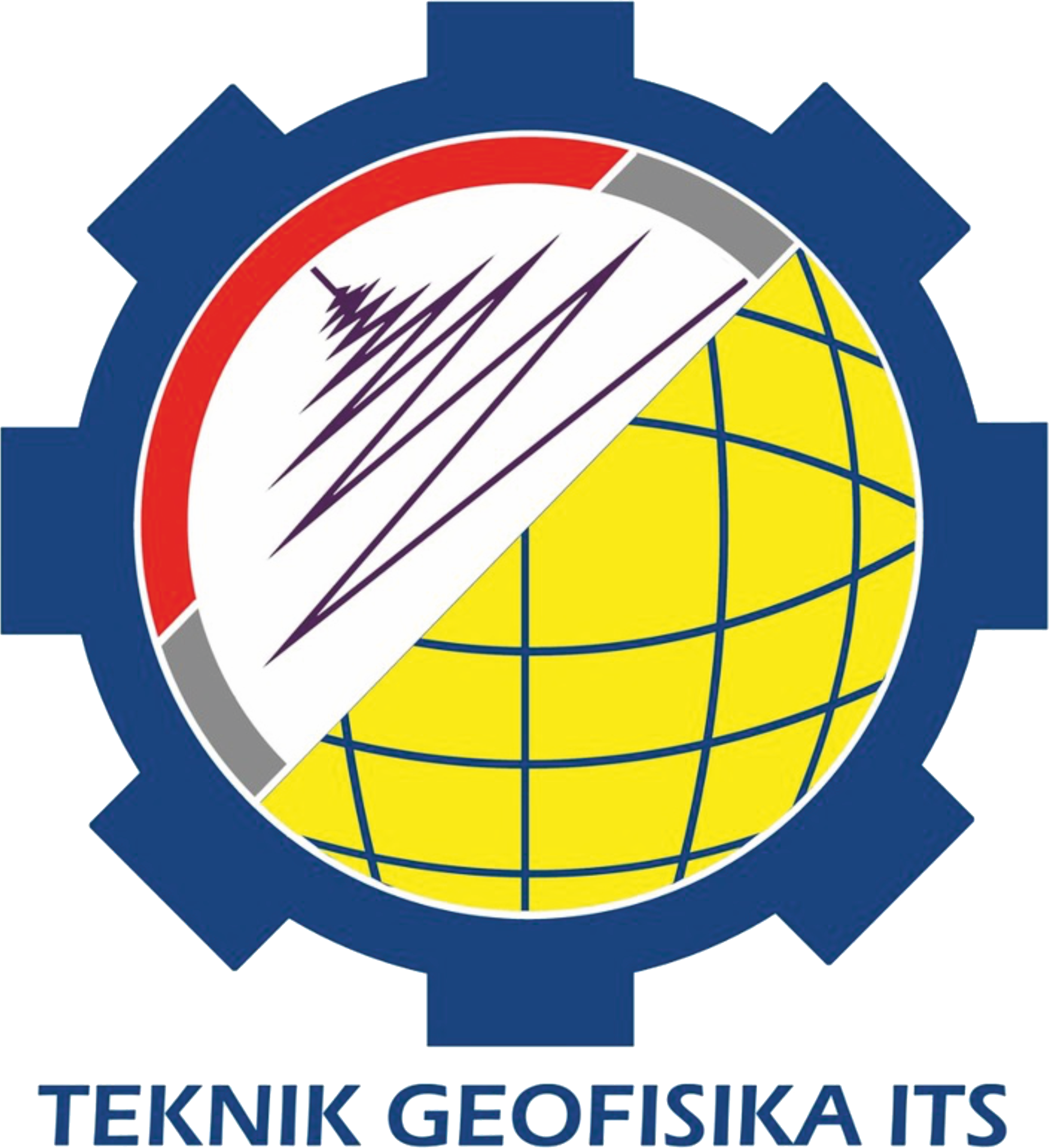Internship Funded by Sakura Science Exchange Program 2019 in Earthquake Research Institute, The University of Tokyo
Information
Internship Funded by Sakura Science Exchange Program 2019
in Earthquake Research Institute, The University of Tokyo
The Sakura Science Program is an annual activity fully funded by the Japan Science and Technology Agency (JST) to improve the quality of science and technology in Japan and other Asian countries. The activities carried out consists of research and field trips. In 2019, the Sakura Science Program was held at the Earthquake Research Institute (ERI), The University of Tokyo. Eleven selected participants were from India, Taiwan, China, Singapore and Indonesia. From Indonesia, there were only three delegates. I, Christopher Salim, was an ITS delegate who was selected to join this program.
During three weeks stay in Tokyo, I was guided by Professor Hiromichi Nagao and several of his assistants to complete the project whose topic I had chosen before coming to Japan. Collaborating with ERI and the Postgraduate School of Science and Information Technology, I conducted a study to design program that could serve as automatic early earthquake warning system with low rate of uncertainty. This program is based on Python programming language. By utilizing artificial intelligence/AI that acts like how neural network in human brains operate, this program can detect the incoming nondestructive, initial earthquake waves. Before more destructive waves arrive, while only few seconds in time difference, the program can send the earthquake warning so people will be more prepared to deal with earthquakes. This AI also has a wave filter system so that signals that are not actually from an earthquake can be minimized.
In addition to conducting research, the Sakura Program also held field trips to Mount Fuji for geological and volcanological study in the area. After that, there was a visit to the drilling vessel, namely Chikyu. This ship is the first ship projected for deep sea drilling to study seismicity in deep sea. All materials were delivered by experts in English so that all participants could understand the material in full comprehensive.
To close the Sakura Program, all participants had to present their research results in the form of posters. The poster presentation session was attended by students and researchers at ERI.
I want to thank JST and ERI for this fruitful activity. I hope there will be good cooperation in the future between ITS and The University of Tokyo, considering that there is currently no official MoU between these universities. With the research that I did, I hope it can benefit Japan and Indonesia.

Geological study at around Mt. Fuji

Visit to Chikyu drilling ship

With host professor Mr. Hiromichi Nagao
By: Christopher Salim, Department of Geophysical Engineering ITS student batch 2016.
Latest News
-
Kembangkan Deep Nueral Network dan IOT Dalam Carbon Capture Storage, Mahasiswa Teknik Geofisika ITS Sabet Juara 2
Dua Mahasiswa Teknik Geofisika ITS berhasil menjuarai kompetisi nasional INCEPTION 2025. Dimas Xavier Saivascello (5017241010) dan Luvin Diart Lazertino
-
Mahasiswa Teknik Geofisika ITS Sabet Juara 1 Petrowell Study Case Competition
Tiga Mahasiswa Teknik Geofisika ITS berhasil menjuarai kompetisi nasional di bidang Oil & Gas. Tim mahasiswa yang terdiri E.T.A.
-
MITIGASI KOMPREHENSIF BANJIR
Musim hujan datang, selalu ada bencana banjir di berbagai provinsi di Indonesia. Sebagian besar media memberitakan kejadian banjir dimana





